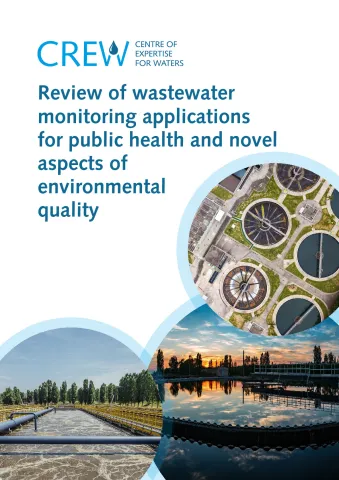Wastewater-based epidemiology (WBE) has received increasing attention over the past year across the world. In the UK, local, regional and national wastewater monitoring programmes were established in 2020 to detect severe acute respiratory syndrome coronavirus (SARS-CoVID-2) patterns in human sewage to monitor outbreaks. The establishment of these monitoring programmes has seen considerable investment into establishing the infrastructure, methodology and resources needed to sample, analyse, and interpret data from WBE. Whilst coronavirus has so far been the primary focus of these programmes, it is widely acknowledged that wastewater contains a diverse amount of chemical and biological information that can be used for wider public health purposes. The aim of this project was to review the literature on where else WBE could be utilised to inform public health.
The key findings indicate that there are only a very few technology ready applications of WBE. These include: (1) Estimation of community wide illicit drug usage; (2) Estimation of lifestyle chemical usage: alcohol, nicotine and caffeine; (3) Infectious disease tracking (e.g. polio, SARS-CoV-2); (4) Estimation of disease prevalence based on pharmaceutical usage.
The forementioned applications require significant infrastructure, including specialised staff to undertake sampling and sample preparation as well as an investment in analytical instrumentation. There is a clear potential to apply WBE in:
- Estimation of community-wide exposure to hazardous chemicals. Some initial work indicates that wastewater can provide information on community wide exposure to pesticides and industrial chemicals, which are linked with either occupational exposure or lifestyle choices.
- Prevalence of non-communicable disease (NCD). Current WBE approaches allow for estimation of pharmaceutical usage to treat, e.g. diabetics, cardiovascular disease or mental health conditions.
| Attachment | Size |
|---|---|
| Final Report: Review of wastewater monitoring applications | 1.53 MB |
